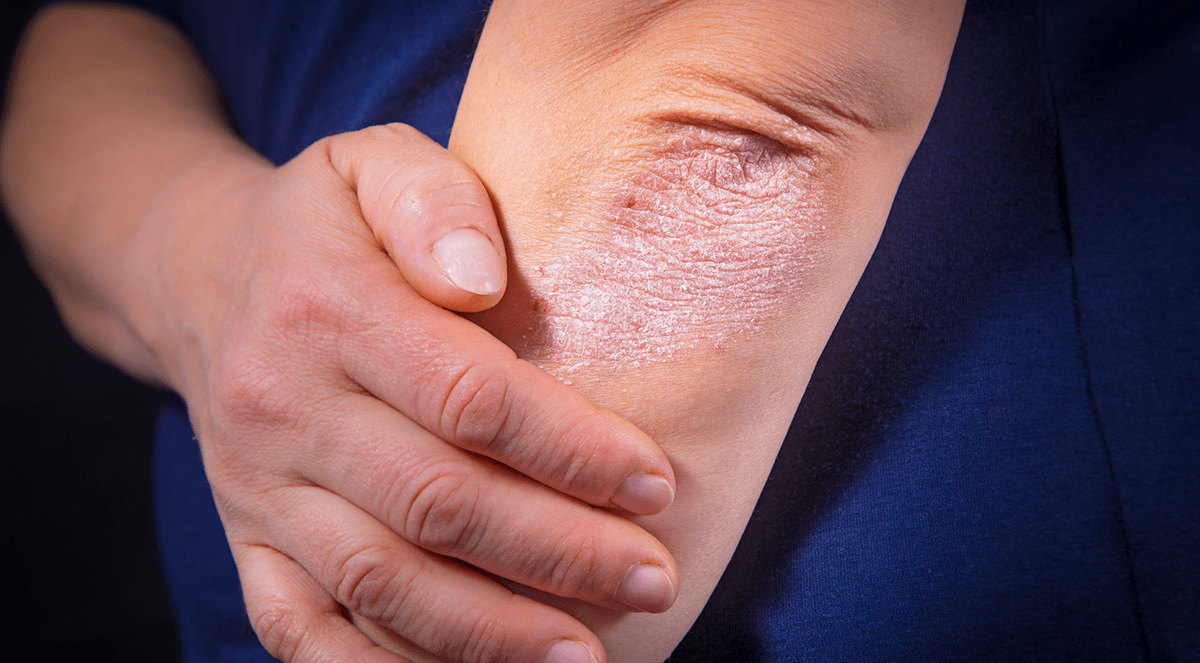Drug survival analysis of biologic agents in psoriasis is of extreme importance, as it allows not only the evaluation of objective clinical outcomes (such as effectiveness and safety) but also of factors that are associated with patients’ adherence to treatment. The aim of this study was to evaluate and compare the drug survival of the most recent biologic agents approved for the treatment of moderate-to-severe psoriasis-ustekinumab, secukinumab, ixekizumab, brodalumab, guselkumab, and risankizumab-and to identify clinical predictors that can influence the drug survival of these drugs.
This retrospective multicentric cohort study from 16 dermatology centers in Portugal, Spain, Italy, Switzerland, Czech Republic, Canada, and the United States included patients that started IL-12/23, IL-17 (IL-17A and IL-17R) and IL-23 inhibitors for the treatment of psoriasis between January 1, 2012 and December 31, 2019. Survival analysis was performed using a Kaplan-Meier estimator, to obtain descriptive survival curves, and proportional hazard Cox regression models.
A total of 3312 treatment courses (total patients: 3145) were included in the study; 1118 (33.8%) with an IL-12/23 inhibitor (ustekinumab), 1678 (50.7%) with an IL-17 inhibitor [911 (27.5%) on secukinumab, 651 (19.7%) on ixekizumab, 116 (3.5%) on brodalumab], and 516 (15.5%) with an IL-23 inhibitor [398 (12.0%) on guselkumab, 118 (3.5%) on risankizumab]. At 18 months, the cumulative probability of survival was 96.4% for risankizumab, 91.1% for guselkumab, 86.3% for brodalumab, 86.1% for ustekinumab, 82.0% for ixekizumab, and 79.9% for secukinumab. Using ustekinumab as reference, drug survival of guselkumab was higher (HR 0.609; 95% CI 0.418-0.887) and that of secukinumab was lower (HR 1.490; 95% CI 1.257-1.766). In the final multivariable model, secukinumab, female sex, higher BMI, and prior exposure to biologic agents significantly increased the risk of drug discontinuation, whereas risankizumab was protective.
In this multinational cohort with 8439 patient-years of follow-up, the cumulative probability of drug survival for all drugs was >79% at 18 months. Prescribed biologic, female sex, higher BMI, and previous exposure to biologic agents were predictors of drug discontinuation. Drug survival of guselkumab and risankizumab was higher than that of ustekinumab, and secukinumab was lower.
Drug Survival of IL-12/23, IL-17 and IL-23 Inhibitors for Psoriasis Treatment: A Retrospective Multi-Country, Multicentric Cohort Study.


